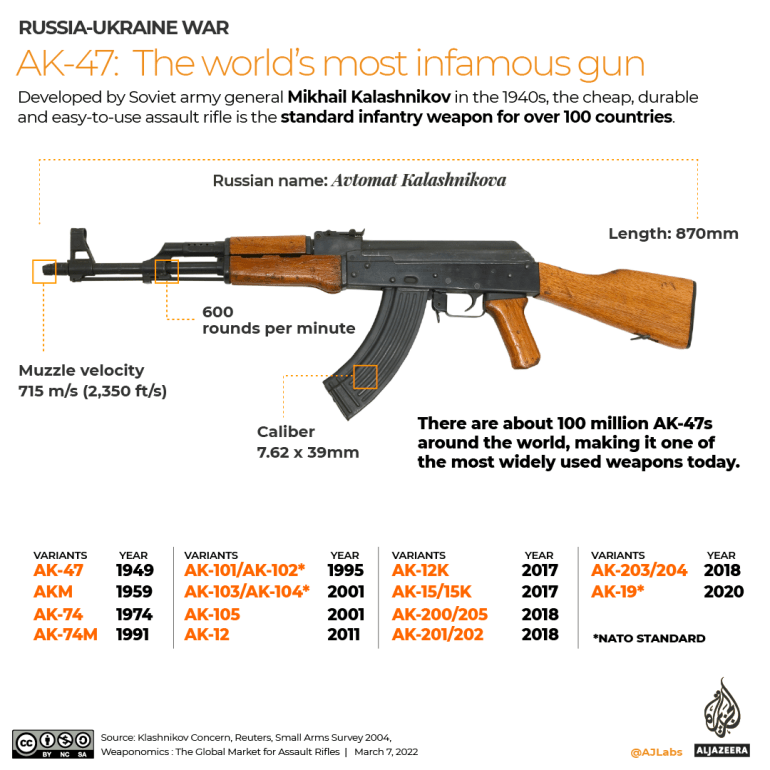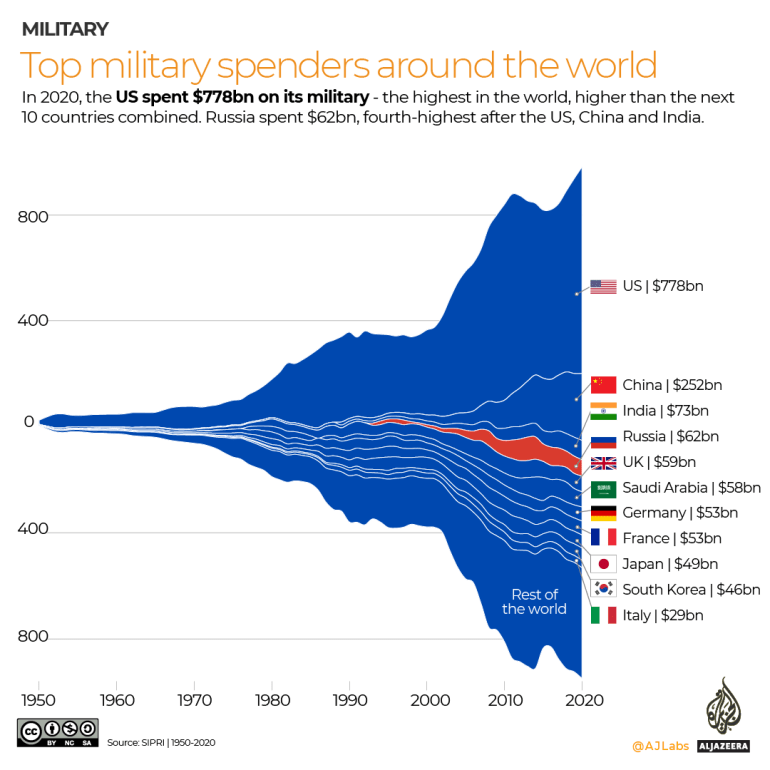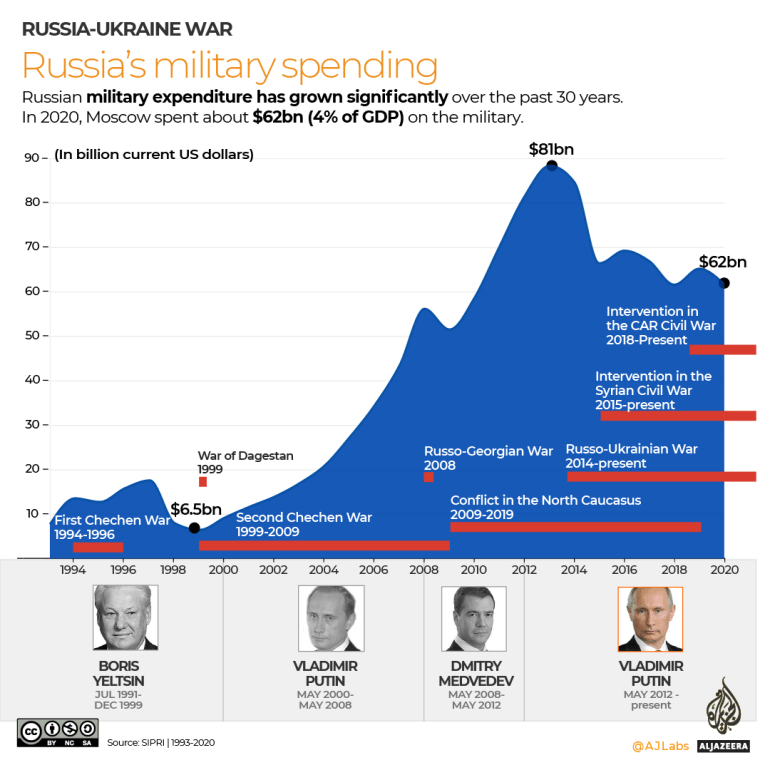nivek
As Above So Below
The mainstream news media continue to be awash with stories about Poland's supposed transfer of Mig-29s to Ukraine, despite the fact that the Poles have rejected the idea:
View attachment 16176
https://news.google.com/stories/CAA...XpZd1NoRUtEd2pBcW92ekJCR085Q2gwMGRTV3NDZ0FQAQ
Is this an example of the "fake news" that we keep hearing about? Very few outlets are reporting all the facts. In this case, it seems to be down to the sheer laziness and ignorance of journalists, and possibly their prejudice as well, in that it doesn't cross their minds to seek out the Polish position on the transfer of their own fighter jets.
https://notesfrompoland.com/2022/03...hter-jets-to-ukraine-despite-blinken-remarks/
Fake News! Poland Slams US Reports As 'Misinformation'; Says No Fighter Jets For Ukraine But Ready To Help Refugees
The official Twitter account of the Chancellery of the Prime Minister of Poland tweeted the following in response to the Belarusian NEXTA news agency about the alleged Mig transfer:
Apparently the lies of the Biden administration didn't set well with the energy industry...
Energy industry swipes back at Psaki 'red herring' comment on oil and gas leases
...









